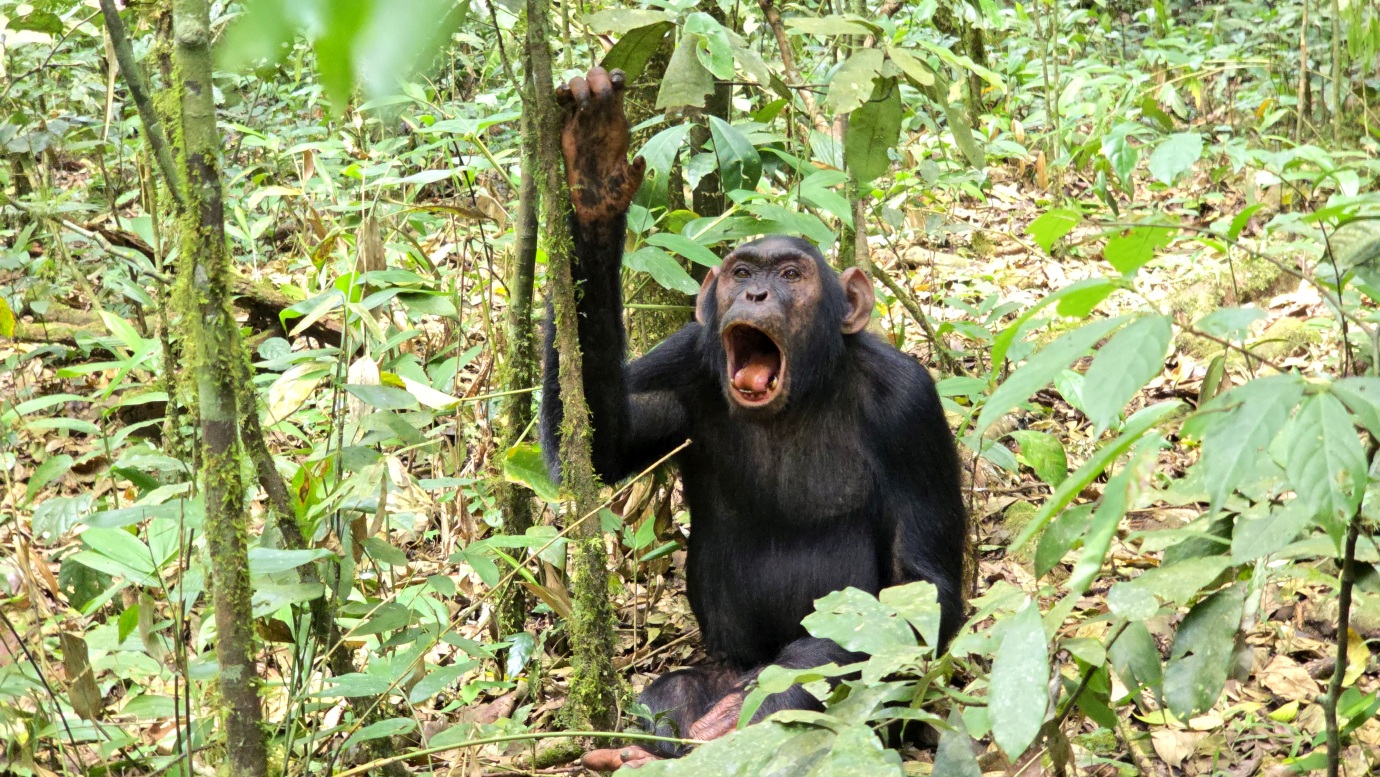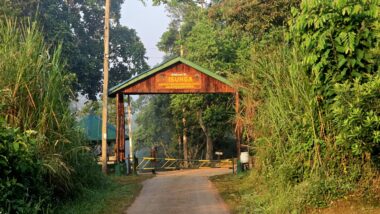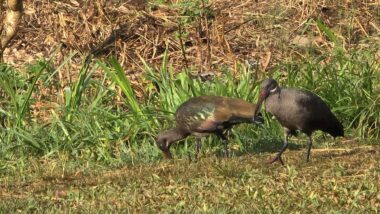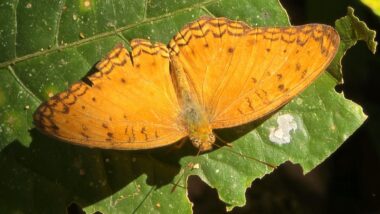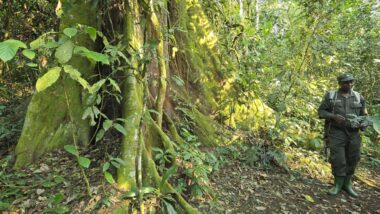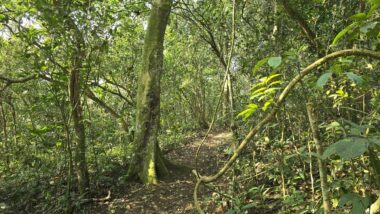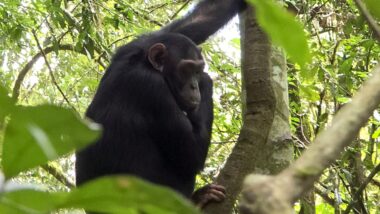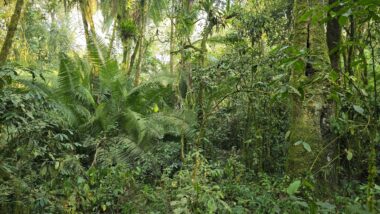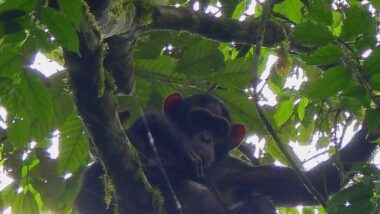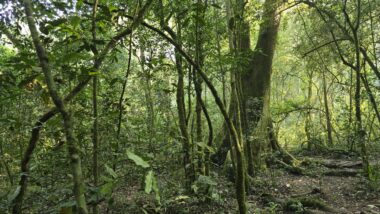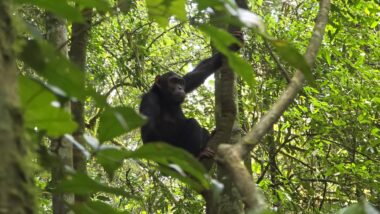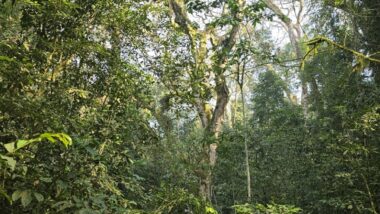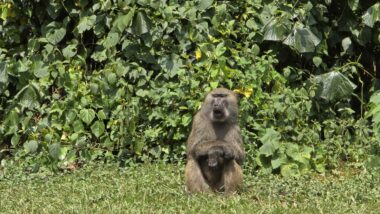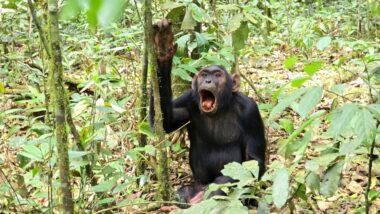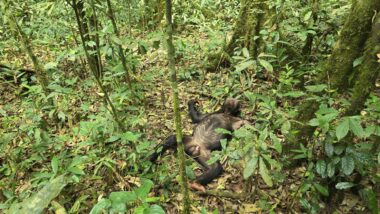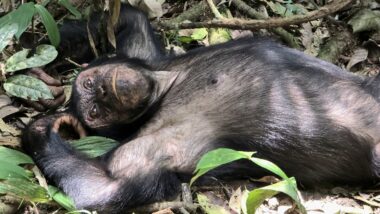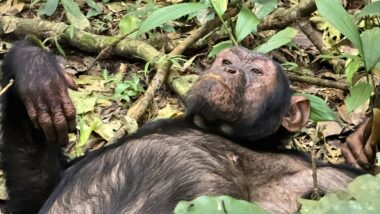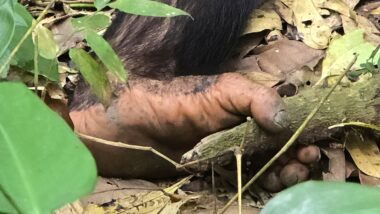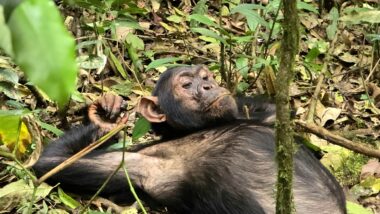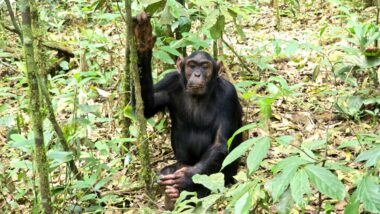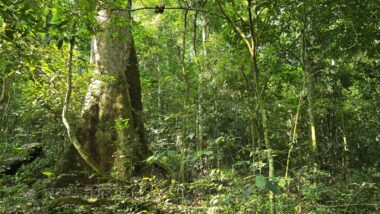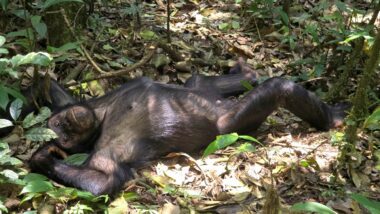After reading many reviews of Kibale NP, we decided to try the Chimpanzee Trek (🎟️999000 UGX), but of course, we had a terrible experience with a local con man. At the park gate, they gave us the phone number of the UWA office in the Fort Portal. They promised to book our tickets online and arrange the online MoMo payment. So we arrived at the UWA office in the morning. Still, to our surprise, it came out that the phone number given was the travel agent (Kabarole Tours) sitting next door to the UWA office, simply pretending it was the official UWA office. Later, we discovered that they all cooperate to cheat the system (same as in Bwindi and Mgahinga) with a simple scheme: at the gate, you will get a fake phone number from the UWA office, and the agent pretends to book permits, get your money, issue some handwritten receipt and will tell you that the booking is confirmed and permit will arrive at the gate. Once you arrive at the gate, they will confirm that your “permit” is ok, and you go for the trek without a valid permit, and they all share your money. Since we pushed them and made some noise to get our original permits, they finally made online payment at 15:00 (they got money in the morning) and issued the permits via the UWA office in Kampala. So, another sad story from the land of conmen, cheaters, and scammers – the accurate picture of Uganda.
The 795 sq-km Kibale National Park is a lush tropical rainforest believed to have the highest density of primates in Africa. The park stands 1500m above sea level, with the foothills situated on the Albertine Rift Valley at the lowest point of 1100m to the south. The varied altitude of the park makes for a diverse habitat of animals and wildlife across both woodland and savannah. Kibale Forest also connects to the Queen Elizabeth National Park to the south, creating a 180km-long corridor between the remote Ishasha sector in the south to the Sebitoli in the north of Kibale Forest. It’s most famous for being one of the best places in the world to track wild chimpanzees, with five groups habituated to human contact. It’s home to 13 primate species, with the rare red colobus and L’Hoest’s monkeys the other highlights. An incredible 250 species of butterflies also live here, but at this stage, just hundreds of caterpillars fell on us during our visit.
Chimp trekking usually involves trekking around the National Park until you see the chimpanzees, which should take 2 to 3 hours. After trekking, each group of 6 people gets to spend at least an hour with the chimps. In our case, we were divided into many groups since more than 80 people were at the gate during the morning briefing. Then we walked for more than 5 hours, and at the end, all the groups met at one spot (we felt like we were in the train station), where, at a distance of 50 meters, we saw some black spots at the top of the trees, probably a few chimpanzees. We waited longer than other groups, and luckily, one chimp climbed down and laid down for photos. The funny thing was that this spot was just 10 10-minute walk from the park gate.
Entrance location – Kanyanchu Gate: 0.437013N 30.395011E (🚻)
Parking location – Isunga: 0.493995N 30.332396E (🚻,🅿️40000 UGX)
Parking location – Isunga: 0.489474N 30.333245E (🚻,💦,🚿,🅿️40000 UGX)


